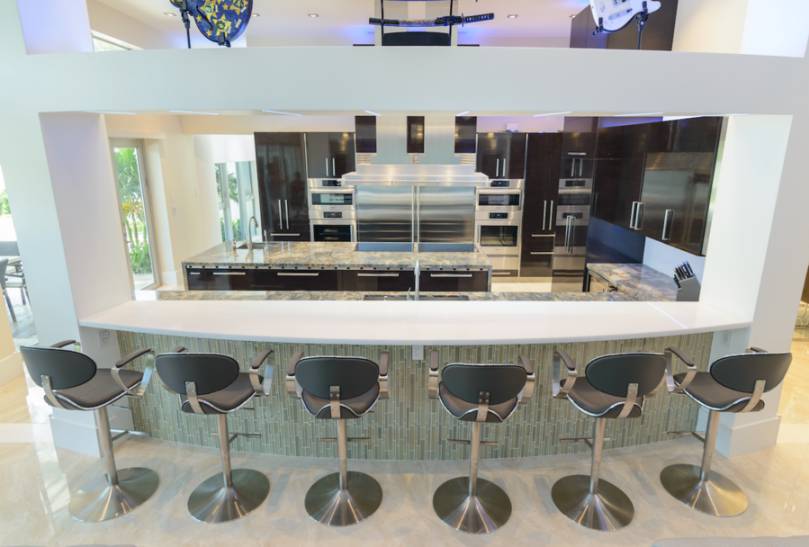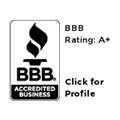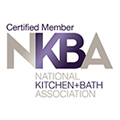
Designing a Kosher Kitchen
With Rosh Hashanah and Yom Kippur right around the corner, we thought it would be time to share some information about designing kosher kitchens since we get those requests at times.
To keep a kosher (Hebrew for fit or proper) kitchen, there are a variety of strict and complex guidelines and dietary laws beyond the use of kosher-labeled food as dictated by the Torah.
When we meet clients who want specific kitchen updates such as designing a kosher kitchen, Allied is more than equipped with knowledgeable and capable designers who are more than willing to stand up to the task. The kitchen outlined in this project was designed by our certified kitchen and bathroom designer, Rob Feinberg.
In addition to creating a functional and visually beautiful kitchen for these homeowners, Rob had to consider all of the necessary details that a kosher kitchen demands. He also managed to incorporate high-end appliances and finishes to complete the room beyond what the homeowners originally imagined.
Rob managed to create this magnificent kitchen, cleverly finding space for four ovens, warming drawers, two venting fans, two cooktops and two massive refrigerators and two full functioning sinks. High-end appliances by Bosch and SubZero and custom Elmwood cabinets accented by a unique granite stone with waterfall edge, all combined to create a custom, kosher chef’s dream kitchen.

Here’s some more info on what makes a kosher kitchen… well, kosher.
Kosher Foods
First and foremost, the use of kosher food is critical in maintaining a kosher kitchen. Meat must come from an animal that has “cloven hooves” and which “chews the cud,” allowing cow, sheep, and goat meat but not pig. Sourcing and slaughter rules also apply. Poultry must not include birds of prey like eagles but allows for chicken, duck, and turkey. Most eggs are considered kosher. Fish are allowed but not shellfish as they do not have scales or fins. Dairy products, breads, baked goods, wines and other kitchen staples also require kosher certification or labeling.
Cookware
In order to keep kosher, the entire kitchen must be kosher from storage to cookware to dining areas, keeping meat and dairy products separated. This includes cutlery, dishes, pots, pans, tableware, and preparation surfaces. These dietary laws factor into kitchen design in creating separated preparation surfaces, countertops, cabinetry, storage and appliances.
Cabinets for food storage as well as dishes, flatware, utensils and cookware must be segregated or divided to avoid interaction between meat and dairy sets.
Appliances such as the dishwasher, microwave and oven are typically duplicated to avoid cross-contamination. Dual refrigerators are an option or storage and organization within a single refrigerator becomes important to avoid the touching of meat and dairy products.
If space is an issue, burners can be designated on a single stovetop or the use of smaller appliances like toaster ovens offer an easy solution.

Coloring System
As there will be sets of dishes, pans and utensils moving around the kitchen, a popular method of keeping organized is a color method. For example, red for meat, blue for dairy and white or yellow for Pareve. This can be used to indicate shelving and cabinetry, storage containers, utensil handles, sponges, dish towels, cutting boards and preparation surfaces. Dishes may be colored or simply a different pattern or shape. Placemats or tablecloths can be designated to use the same table.
While the rules surrounding a kosher kitchen are stringent the final product can be a visually stunning and functional design.













